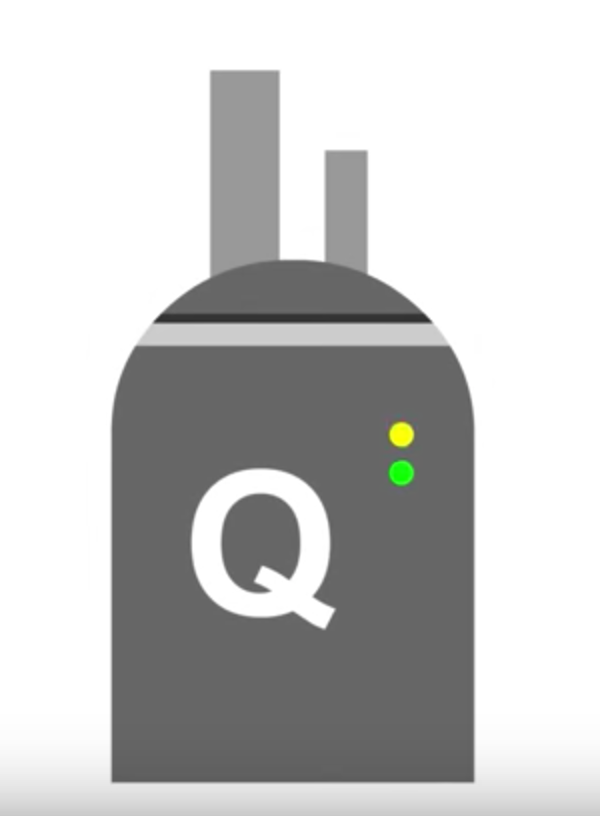By Vishal Goel, | February 24, 2017

Quantum Computing
In a new study, two quantum computers based on different technologies were pitted against each other. IBM and the University of Maryland tested their respective quantum computers to run on same algorithms. While Maryland achieved 77.1 percent accuracy, IBM only reached 35.1% accuracy but was upto 1,000 faster than its competitor, resulting in a split decision. This is for the first time that two different quantum computers have been compared and tested on the same playing field.
Like Us on Facebook
Simon Benjamin, a physicist at the University of Oxford in the United Kingdom who was not involved in the study, said that the devices were so immature for a long time that one "could not really put two five-qubit gadgets next to each other and perform this kind of comparison". "It's a sign that this technology is maturing," he added.
The University of Maryland's computer is built around five ytterbium ions held in an electromagnetic trap and manipulated by lasers. It belongs to a lab led by Chris Monroe, a physicist at the university in College Park, and co-founder of the startup company ionQ. The other computer, belonging to IBM, has five small loops of superconducting metal at its heart that can be manipulated by microwave signals. It is also famed as the world's only quantum computer that can be programmed online by users, rather than made exclusively by scientists in a lab.
Unlike conventional bits, which can only be in two states of 0 or 1, quantum computers rely on quantum bits, or qubits that can be teased into combinations, or "superpositions," of both 0 and 1. In Monroe's computer, each qubit is an ion in which an electron can be placed at one energy level to signify 0, another to signify 1, or both levels at once.
On the other hand, in each of IBM's superconducting circuits, electric current can circulate with one of two different strengths, or at both levels simultaneously. It's also possible to join the superposition states of many qubits. This gives a quantum computer a potential calculating power that grows exponentially with every added bit.
To test their performance, the teams ran a set of standard algorithms on each device and then compared the output. The ion computer got the right answer more often than the superconducting one in each case. According to Monroe, the performance difference arises not from the qubits themselves, but from how they are wired together.
In the ion computer, each of the ions can interact with every other ion reducing the number of operations needed for many tasks while in the IBM computer, four of the superconducting loops were connected only to one central one often necessitating additional operations to swap information among the loops. Because no operation is 100 percent reliable, the overall success rate declines as the number of operations grows. "Connectivity matters," Monroe says.
-
Use of Coronavirus Pandemic Drones Raises Privacy Concerns: Drones Spread Fear, Local Officials Say

-
Coronavirus Hampers The Delivery Of Lockheed Martin F-35 Stealth Fighters For 2020

-
Instagram Speeds Up Plans to Add Account Memorialization Feature Due to COVID-19 Deaths

-
NASA: Perseverance Plans to Bring 'Mars Rock' to Earth in 2031

-
600 Dead And 3,000 In The Hospital as Iranians Believed Drinking High-Concentrations of Alcohol Can Cure The Coronavirus

-
600 Dead And 3,000 In The Hospital as Iranians Believed Drinking High-Concentrations of Alcohol Can Cure The Coronavirus

-
COVID-19: Doctors, Nurses Use Virtual Reality to Learn New Skills in Treating Coronavirus Patients











